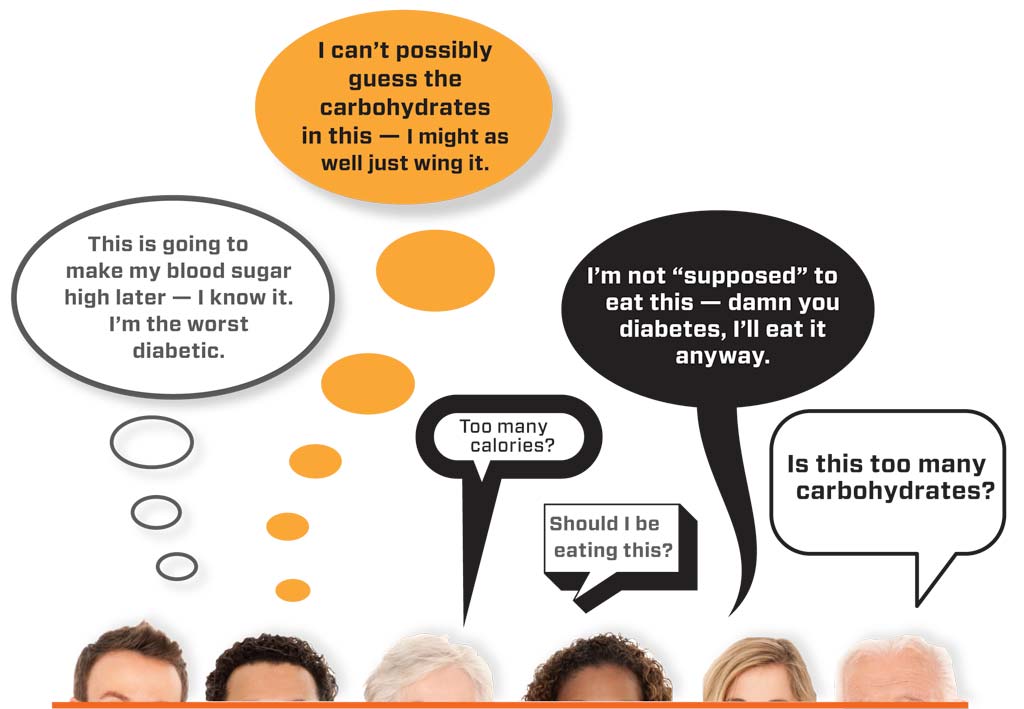Are Schools Required to Provide Diabetes Care?

On October 26, the New York Times wrote about the Pollard family of Seattle. Their ordeal began when Owen Pollard was denied admission to a neighborhood kindergarten and a private school on the basis that he had Type 1 diabetes. A third school, which did not employ a staff nurse, admitted the child and his twin brother, but then did an about-face, saying that the safety of all students in the school dictated that it decline to offer in-school diabetes care. Unconvinced, the Pollards filed grievances with the State of Washington and in court under the federal Americans With Disabilities Act. The complaints eventually were settled, and the Pollards moved to Maine.
There was once a time when school nurses were not in so short a supply as today. It was a given that a young child in a public school could routinely have his or her diabetes self-care needs filled; it was also a given that a school nurse would be available to check on kids during the day. Then a nationwide nursing shortage developed, and tight school budgets led to vacancies in school nurse positions.
According to the The Times story, the American Nurses Association argued in a 2013 California appellate case that allowing unlicensed non-nursing personnel to give insulin injections would put children at risk. Many diabetes parents may balk at the idea, but there can sometimes be cause for concern. For example, the Dallas-Fort Worth Fox News affiliate KDFW recently aired a story about an elementary school child who normally received her insulin injections at home receiving an additional injection from another child’s insulin pen at school. The little girl thought it was the nurse giving her the injection; the TV reporter said it was a teacher. The teacher had the presence of mind to quickly get candy, juice, and crackers into her. The school said it was human error, and that its protocols would be reviewed.
The Times story infers that schools that do not offer daily care for students with diabetes clearly are in the legal wrong, citing a time when the U.S. government warned some Alabama public school districts for not allowing children with diabetes to attend school field trips or sports practices under provisions of the Americans with Disability Act. In reality, the legal landscape is still unsettled about what diabetes care school districts may provide, depending on where one lives, and the courts and state legislatures are still wrestling with this issue.
Let’s examine how the issue is being decided in several states, starting with a landmark case in California:
In American Nurses’ Association v. Administrator, 57 Cal. 4th 570 (2013), a group of parents of four children initiated a class action complaint, in which the American Diabetes Association joined as a complainant. They alleged, among other things, that schools in a consolidated public school district had:
-failed to adequately prepare a plan mandated by federal law, called a 504 Plan, to ensure that students’ medical needs would be properly met
-failed under the Disabilities in Education Act to provide for diabetes treatment under the children’s Individual Educational Plans (called IEP’s)
-refused or failed to allow unlicensed school personnel to administer medications when no nurse was available
The complaint was settled by a consent agreement that acknowledged that people who did not hold medical licenses, if adequately trained and experienced, could be fully competent to care for school children with diabetes. (Makes sense since most parents who administer insulin at home lack medical licenses.) One of the settlement stipulations called for a revision of a 2007 legal and medical practices advisory to school personnel by adding a new category of individual authorized to act in place of a school nurse. In adopting the revision, the school district attempted to reconcile the state’s Nursing Practice Act with federal law requiring accommodation for children with chronic care needs, which it saw as preempting state law. The new guidelines recognized a “voluntary school employee who is unlicensed but who has been adequately trained to administer insulin.”
Afterwards, the American Nurses Association and many state nurses’ groups went to court to invalidate the new regulation, saying that it violated state medical licensing law, which appeared to authorize only licensed medical personnel to administer injections. This argument was advanced despite the fact that there was a provision under the California education code that specifically provided that a student may be assisted by a non-nurse or non-doctor, under physician orders and with parental authorization, when a nurse is unavailable.
The argument boiled down to how to reasonably fill a need which long-settled disabilities rights law required the school to meet. In supporting its assertion that those trying to invalidate the new public school advisory were off base – overstating the idea that insulin was a “dangerous” and complicated to administer drug – the American Diabetes Association and the parent group entered declarations in court demonstrating that non-licensed persons were indisputably capable of rendering diabetes care to school children. The California Supreme Court sided with diabetes advocates, and the regulation is still considered in good standing today.
In an article to follow, we’ll have a look at the Pollard Family’s new home state, Maine, as an illustration of how a school navigates unsettled law to approach the needs of an insulin-dependent school child, and at Pennsylvania, where the legislature is moving toward the California approach.
Thanks for reading this Insulin Nation article. Want more Type 1 news? Subscribe here.
Have Type 2 diabetes or know someone who does? Try Type2Nation.







